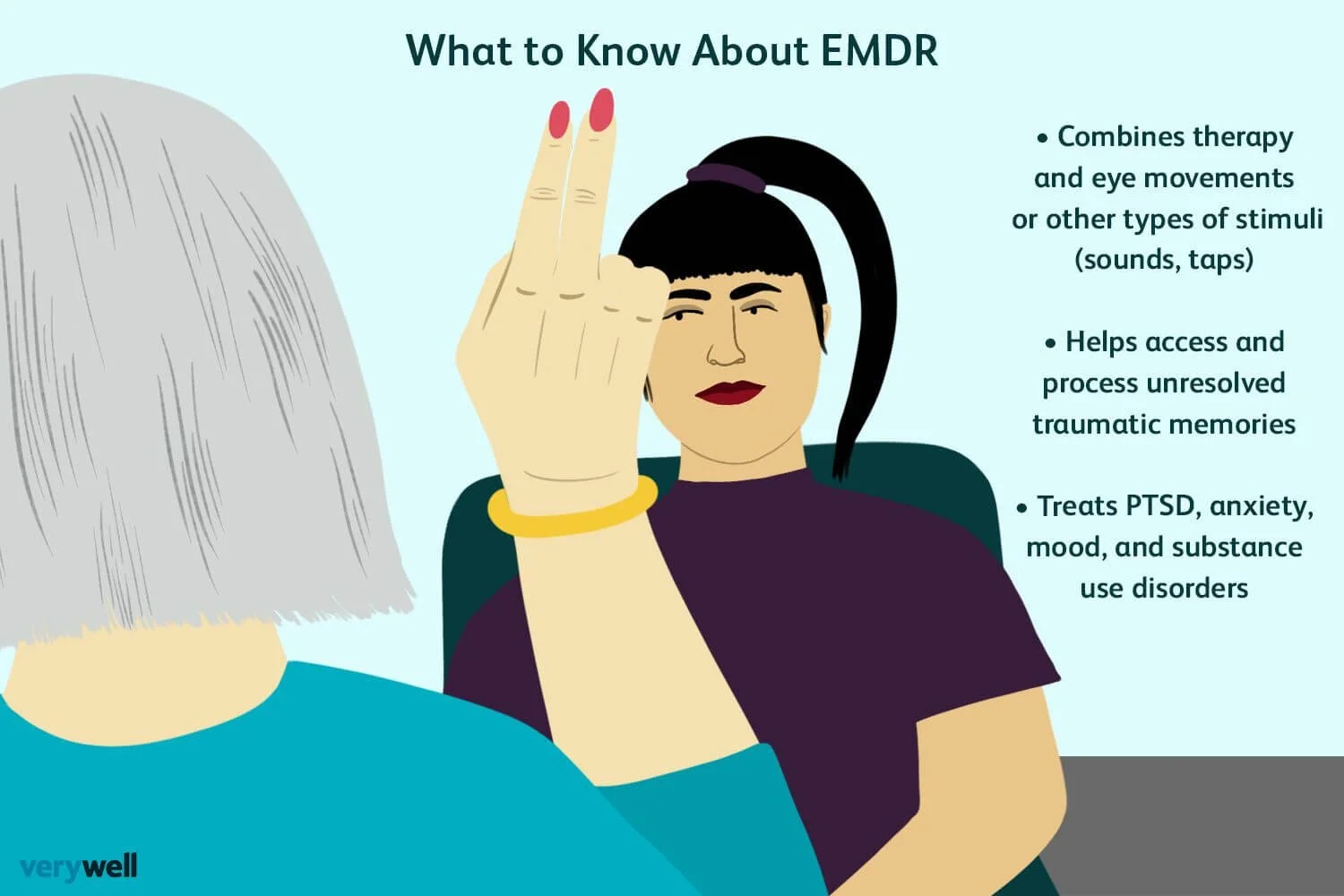Eye Movement Desensitization and Reprocessing, commonly known as EMDR therapy, has become a significant breakthrough in the treatment of trauma and various mental health conditions. This innovative therapy is designed to help individuals process and heal from distressing memories that continue to affect their emotional well-being. EMDR therapy involves guided eye movements or other forms of bilateral stimulation to reprocess traumatic events, reducing their lingering impact. Since its development in the late 1980s, EMDR therapy has gained recognition as an effective treatment approach for post-traumatic stress disorder (PTSD) and beyond.

One of the key reasons EMDR therapy stands out is its ability to address the root cause of emotional distress rather than just managing symptoms. Unlike traditional talk therapy that may require extensive verbal processing, EMDR therapy works by accessing the brain’s natural healing processes. During sessions, clients are asked to recall traumatic memories while simultaneously engaging in specific eye movements or tapping, which facilitates the brain’s ability to reframe negative thoughts. This unique approach allows EMDR therapy to break down the intense emotional charge attached to traumatic experiences, making it easier for individuals to move forward.
Research has consistently supported the effectiveness of EMDR therapy, showing promising results for individuals suffering from PTSD, anxiety, depression, and other trauma-related disorders. Numerous clinical studies have demonstrated that EMDR therapy can lead to significant reductions in trauma symptoms in a relatively short amount of time compared to other therapeutic modalities. The American Psychological Association and the World Health Organization have both endorsed EMDR therapy as an evidence-based treatment, further solidifying its status in the mental health community. This growing recognition has made EMDR therapy an accessible option for those seeking rapid and lasting relief from traumatic stress.
EMDR therapy is also praised for its versatility and adaptability across different populations and conditions. While it was originally developed to treat combat veterans with PTSD, today, EMDR therapy is used to help survivors of abuse, accidents, natural disasters, and even complex trauma cases. Beyond trauma, clinicians have found that EMDR therapy can be effective for phobias, grief, chronic pain, and performance anxiety. The therapy’s flexible framework allows practitioners to tailor sessions to the unique needs of each client, making EMDR therapy a valuable tool in diverse therapeutic settings.
An essential aspect of EMDR therapy is the structured eight-phase approach that guides the treatment process. These phases include history-taking, preparation, assessment, desensitization, installation, body scan, closure, and reevaluation. Each phase is designed to ensure safety, stability, and gradual processing of traumatic memories. In EMDR therapy, the therapist plays a crucial role in supporting clients through these phases, helping them manage distress and monitor progress. This structured framework ensures that EMDR therapy is delivered with precision and care, maximizing the potential for healing.
The client’s active participation is fundamental to the success of EMDR therapy. Unlike passive forms of treatment, EMDR therapy encourages individuals to be fully engaged throughout the sessions. Clients must focus on the traumatic memory and the associated emotions while simultaneously following the therapist’s guidance for eye movements or other bilateral stimulation. This dual attention task is believed to facilitate the brain’s information processing system, enabling it to rewire maladaptive neural pathways. The interactive nature of EMDR therapy empowers clients, giving them an active role in their healing journey.
Safety and emotional readiness are critical considerations before starting EMDR therapy. Therapists typically conduct thorough assessments to determine whether a client is prepared to handle the intense emotional work involved in EMDR therapy. Sometimes, preparatory techniques such as relaxation training and resource development are incorporated to build resilience before addressing traumatic memories directly. This careful preparation ensures that EMDR therapy proceeds in a way that is supportive and manageable, minimizing the risk of overwhelming the client during treatment.
While EMDR therapy is a powerful tool, it is important to recognize that it is not a one-size-fits-all solution. Some individuals may require additional therapeutic support alongside EMDR therapy, particularly if they have complex mental health conditions or multiple layers of trauma. Nonetheless, many clients report profound and lasting changes after completing EMDR therapy, including reduced symptoms, improved emotional regulation, and enhanced quality of life. This therapy offers hope and healing for those who have struggled with the weight of past trauma.
In conclusion, EMDR therapy represents a revolutionary approach in the field of mental health treatment. Its ability to harness the brain’s natural healing mechanisms and facilitate rapid recovery from traumatic memories has made it a preferred option for many therapists and clients worldwide. With its evidence-based foundation, adaptable methodology, and structured process, EMDR therapy continues to open new pathways to healing for countless individuals. For anyone grappling with the effects of trauma, exploring EMDR therapy could be the first step toward reclaiming peace and emotional well-being.
